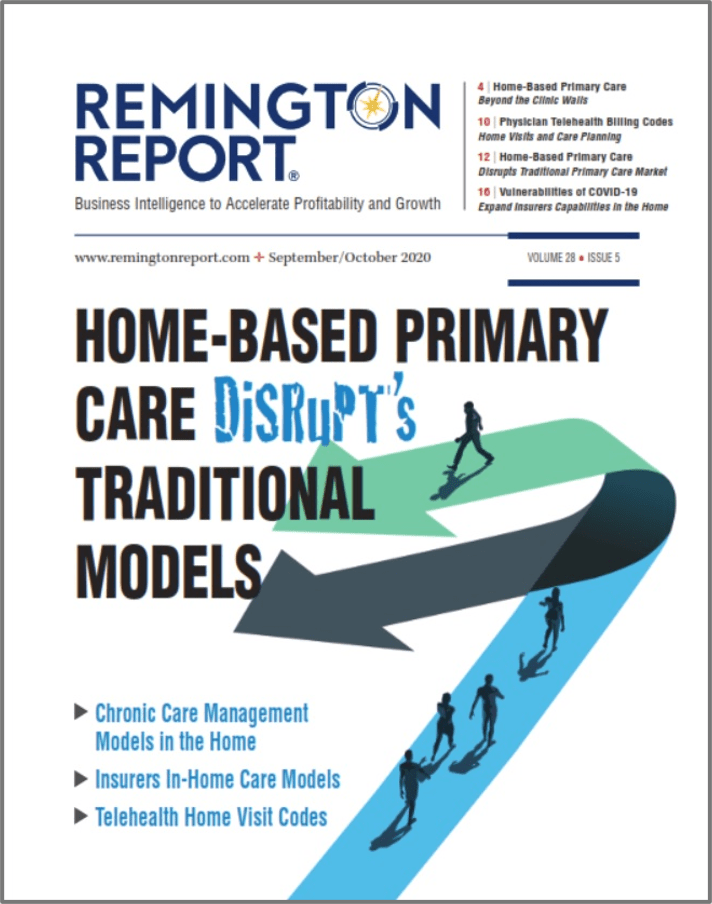How to Keep Marketing to Referrals in Compliance
Fraud and abuse compliance is more critical than ever for all providers. There may be nothing that destroys the value of businesses more quickly or significantly than a fraud and abuse compliance problem.
The Office of Inspector General (OIG) of the U.S. Department of Health and Human Services (HHS), the primary enforcer of fraud and abuse prohibitions has stated that there are two major types of fraud and abuse compliance that must be addressed through ongoing evaluation processes:
- submission of claims, and
- standards and procedures reviews.
There is no doubt that getting the submission of claims right is key to running a healthcare company that provides quality of care and makes money. Submission of claims certainly requires providers to conduct pre-billing reviews and post-billing retrospective audits. The process of these reviews is straightforward, although providers certainly take a regular beating on issues of whether care provided was reasonable and necessary, whether patients are homebound, whether patients are terminally ill, etc.
Some providers, however, seem to have the perception that if they have the requirements of submission of claims down pat, then they have done everything “fraud and abuse compliance-wise” that needs to be done.
These providers are missing the proverbial boat in a big way! There is a whole other area of fraud and abuse compliance that is equally important, according to the OIG. That is, do providers’ standards and procedures measure up?
6 Fraud and Abuse Issues to Avoid When Marketing to Referral Sources
Here are some key areas related to standards and procedures that have been the focus of recent enforcement actions by the OIG and other fraud and abuse enforcers:
- Are you giving referral sources anything of value for free or at a price that is below fair market value? An example of such a practice is the provision of free discharge planning services to referral sources.
- Do agreements with referring physicians who also render services to providers for which they are paid comply with the federal anti-kickback statute, the federal Stark laws and all applicable state requirements or so-called “mini-Stark laws?”
- What are marketing staff giving to referral sources?
- Are you swapping patients with referral sources? An example of this practice may occur when therapy companies agree to refer patients to home health agencies who need therapy so long as the therapy company provides the therapy to all patients referred under contracts with providers.
- Are you providing pre-op/coordination visits consistent with applicable requirements, as reflected in internal policies and procedures?
- Are you providing free care transition services to patients and/or referral sources?
You get the drift! Fraud and abuse compliance isn’t just about submission of claims that meet all applicable requirements. It’s not enough to be compliant with requirements for submission of claims while ignoring other aspects of fraud and abuse compliance. Providers must cast a wider net when it comes to fraud and abuse compliance to safeguard their financial viability and, in some instances, their very existence. You know what to do!
Copyright © 2022 Elizabeth E. Hogue, Esq. All rights reserved. No portion of this material may be reproduced in any form without permission.
Other Articles You Might Enjoy
Improving Outcomes Between Home Care and Medicare Advantage Plans
Home care services have emerged as a critical strategy for improving health outcomes, reducing hospital readmissions, addressing both clinical and non-clinical needs, and improved patient satisfaction among Medicare Advantage beneficiaries.
Average 30-Day Readmission Rates by Medical Conditions
We provide critical readmission data about average readmission rates, condition-specific readmission rates, and hospitals with high and low readmission rates.
Hospital-at-Home Readmissions: Which Medical Conditions Created the Highest and Lowest Readmissions?
CMS’s report on the Acute Hospital Care at Home (AHCAH) initiative highlighted the highest and lowest readmission rates by medical conditions.





